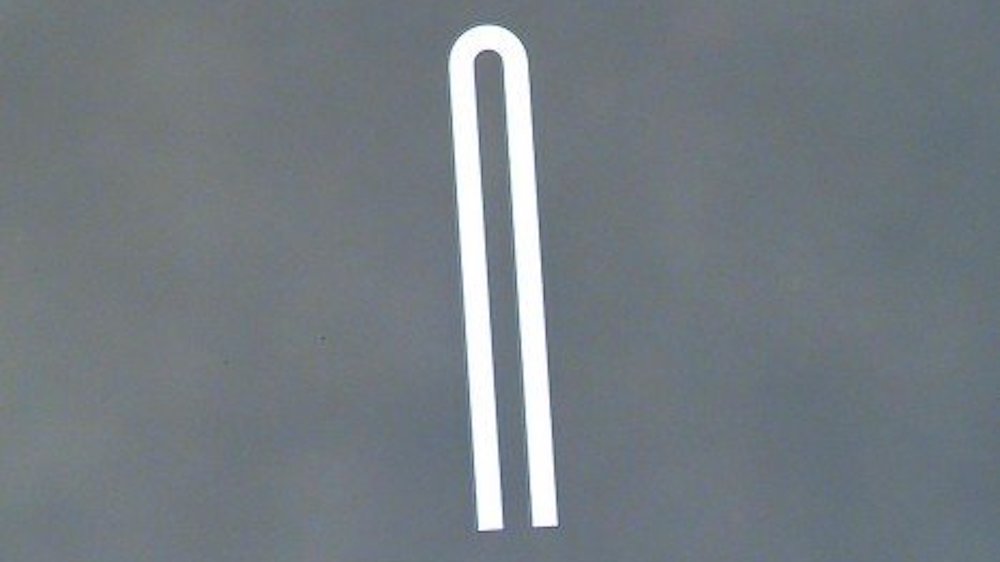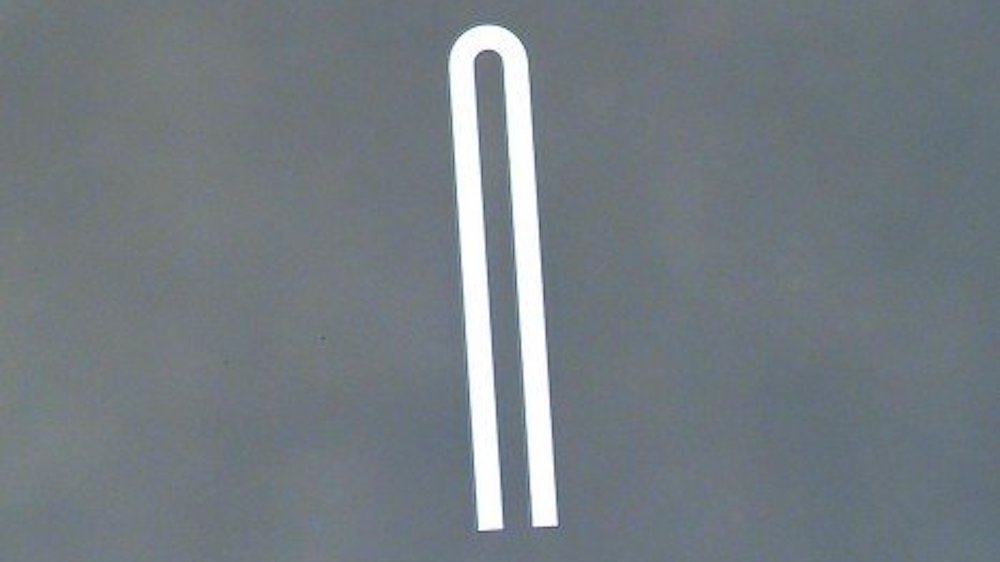
Credit: Hubert Stokowski/Stanford University Photo of a prototype micro-antenna, made of thin-film superconducting niobium, that serves as the building block for a quantum link between quantum devices. The antenna is 300 micrometers long, 30 micrometers wide and 0.1 micrometers thick. The width of a human hair is about 20 to 180 micrometers.
Researchers at the Department of Energy’s SLAC National Accelerator Laboratory have received two DOE awards to explore how quantum information can be passed from one quantum device to another. The goal: develop ways to link quantum devices into quantum computing networks that are much more powerful than today’s technology and into innovative photon detectors that could open up new areas of research, such as novel searches for dark matter.
Current research is often focused on how to build individual quantum devices, including qubits – the basic units of quantum information – and quantum sensors. However, putting them together into larger, more powerful detectors or computing architectures remains a largely unaddressed challenge. The SLAC projects will search for ways to connect very different quantum devices – for instance, a qubit and a piece of memory – and make the transfer of quantum information between them highly efficient.
The funding, awarded by the DOE Office of Science program offices in High Energy Physics and Advanced Scientific Computing Research, will provide over $2 million in total funding over two to four years for projects led by SLAC scientists Emilio Nanni, Paul Welander and Tony Heinz in collaboration with Amir Safavi-Naeini, Jelena Vuckovic and Martin Fejer at Stanford University. In previous funding rounds, the lab garnered DOE support for four projects in quantum sensor development, quantum simulations and chemistry.
Current research is often focused on how to build individual quantum devices, including qubits – the basic units of quantum information – and quantum sensors. However, putting them together into larger, more powerful detectors or computing architectures remains a largely unaddressed challenge. The SLAC projects will search for ways to connect very different quantum devices – for instance, a qubit and a piece of memory – and make the transfer of quantum information between them highly efficient.
The funding, awarded by the DOE Office of Science program offices in High Energy Physics and Advanced Scientific Computing Research, will provide over $2 million in total funding over two to four years for projects led by SLAC scientists Emilio Nanni, Paul Welander and Tony Heinz in collaboration with Amir Safavi-Naeini, Jelena Vuckovic and Martin Fejer at Stanford University. In previous funding rounds, the lab garnered DOE support for four projects in quantum sensor development, quantum simulations and chemistry.




 IonQ Achieves Industry Leading Performance on Next Generation Barium Qubits
IonQ Achieves Industry Leading Performance on Next Generation Barium Qubits